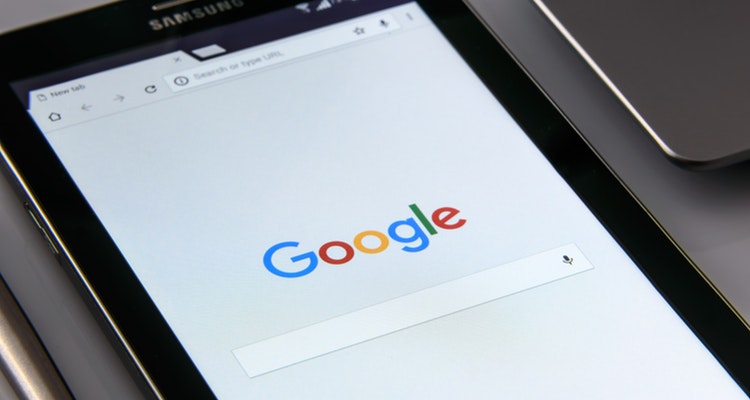
Photo Credit: Pexels
In the aftermath of the Las Vegas mass shooting, the problem of Internet clickbait and social media “fake news” once again raised its ugly head. Google search results were turning up fake stories about the shooter, social media was awash in hoaxes, and links from Internet clickbait farms were gaining more traction than stories from trusted news organizations.
As a result, it appears that the two companies largely responsible for these types of stories – Facebook and Google – still have not learned their lesson from the past 12 months. Fake news is still very much alive and well on the Internet.
Fake news and clickbait from Las Vegas
Here are just a few examples: After the Las Vegas shooting, Facebook promoted updates from a known far-right blogger over news reports from media organizations like NBC. Google was surfacing “news” from a 4chan Internet thread, treating 4chan (a known dumpster fire of rumors and conspiracies) like any other news source. Facebook was surfacing clickbait video stories in people’s newsfeeds. And Twitter was filled with Internet hoaxes filled with misinformation about the identity of the shooter and his motives.
So what was Google’s response to this little fiasco? The Silicon Valley giant simply shrugged its shoulders and blamed a flaw in the Google search algorithm. “We’ll continue to make algorithmic improvements,” was the official statement. The same logic, seemingly, can also explain why far-right conspiracy theorists were getting prime real estate in people’s Facebook newsfeeds. Just blame the algorithms.
When in doubt, blame the algorithms
That, in essence, defines the crux of the problem. Google and Facebook, for all the heat they’ve taken since Election 2016, still really don’t see a big problem here. They see this as a technological issue, and not a social or cultural issue. Just make a few tweaks here and there, and the problem is solved, right?
Wrong. Now that many people get their news directly from social media, these technology companies have to recognize that they are part of the problem. Tech Crunch, for example, publicly called out these tech companies, suggesting that simply blaming the performance of a bad algorithm was “an abdication of responsibility.”
But it would be unfair only to blame the big tech giants. What about all the people out there using any tragedy as just a cynical way to get clicks? If websites are expressly using human tragedy as the basis for clickbait videos, then all content ethics have gone out the door.
Even the traditional media has embraced clickbait
It’s easy to say that only “troll farms” or “linkbait farms” or unethical people on the far right or far left (depending on your political persuasion, of course) are responsible for pushing out bad content. But even the big news organizations are playing this game.
For example, a classic example of clickbait will employ words like “shocking” or “amazing” or “unbelievable” in the title to describe an article. Given the way our brains are hardwired, these words are almost impossible to ignore. As a result, even mainstream and “credible” news organizations now use headlines like, “Donald Trump’s most unbelievable 50 tweets of all time (you won’t believe #44).”
Another classic example of clickbait relies on “celebrity gossip” to get people to click – often using awkward or unexpected photos of the celebrity to suggest some scandalous story. So, for example, news organizations now use photos of Melania Trump – such as the famous one of her during the Inauguration appearing to flinch from words said by her husband – to get you to click. It’s really the same crap as a clickbait story claiming, “This picture was taken 30 seconds before disaster struck. You won’t believe what happened next.”
So maybe we’re all to blame for this. We get the news that we deserve. And if we’d prefer to read a bunch of irresistible clickbait stories on our digital devices, that’s exactly what websites desperate for clicks will continue to dole out.